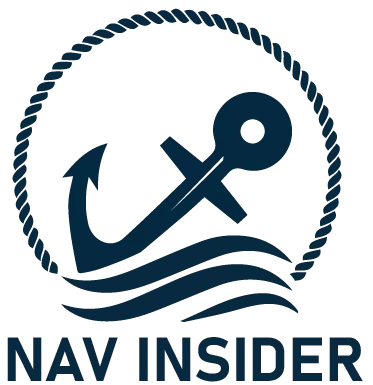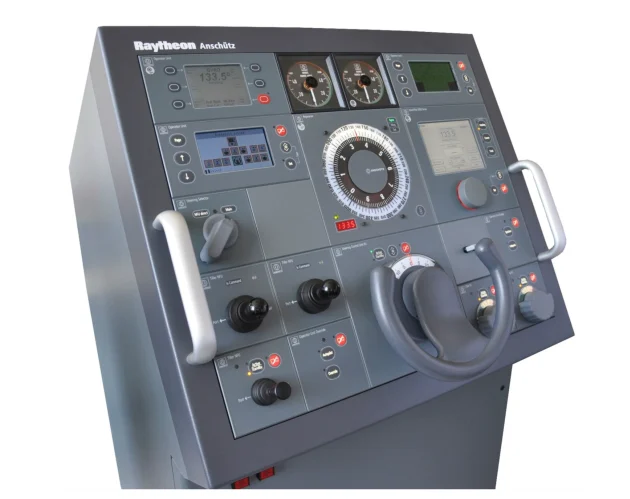Modern bridge navigation is incomplete without the autopilot system. Designed to reduce human workload, optimize steering, and enhance fuel effectiveness, the autopilot is one of the most critical nautical aids onboard merchant vessels. While it might feel like a’ set- it- and- forget- it’ tool, understanding its system, limitations, and proper operation is vital for every watchkeeper.
—
What Is an Autopilot System?
The autopilot, or automatic steering system, maintains a set course without constant manual input from the helmsman. Connected to the ship’s gyro compass, it continuously adjusts the rudder to correct any deviation from the desired heading. Depending on vessel size and steering conditions, systems range from introductory heading keepers to advanced adaptive autopilots.
—
Regulatory Framework
SOLAS Chapter V, Regulation 19, mandates the carriage of a heading or track control system( similar as an autopilot) able of operating automatically. The system must be tested and approved according to IMO performance standards ( IMO Res. A.342( IX) as amended by MSC.64( 67)).
also, under ISM Code and bridge procedures, every officer must be trained in engaging, disengaging, and overriding the autopilot when needed.
—
How Autopilot Works The PID Control Loop
At the heart of ultramodern autopilot systems lies the PID regulator – Proportional, Integral, Derivative. This algorithm determines how much rudder to apply grounded on three factors
Proportional( P) – Corrects error in real time( difference between asked and factual heading).
Integral( I) – Accounts for accumulated error over time, refining long- term delicacy.
Derivative( D) – Predicts unborn error grounded on rate of change, damping any overshoot.
—
Modes of Operation
Heading Mode Maintains a fixed compass heading.
Track Mode( if interfaced with ECDIS/ GPS) Follows a pre-set route with automatic cross-track error correction.
Cross Track & Off Track Monitoring Autopilot systems integrated with GPS or ECDIS watch the vessel’s position relative to the planned route. Any deviation triggers alarms, allowing the OOW to respond to off- track conditions incontinently.
Weather Mode( Sea State) Adjusts the delicacy to reduce rudder exertion in heavy swell
Switching between these modes must be done based on functional conditions, ocean conditions, and nautical judgment.
—
Alarms and cautions in Autopilot Systems
Autopilot systems are designed with built- in safety mechanisms, including various alarms to warn the watchkeeper of navigational issues
Off- Track Alarm Triggered when the vessel strays beyond the allowed cross-track distance from the planned route.
Off- Heading Alarm Actuated when the vessel’s heading deviates beyond a set limit from the target heading. This could be due to a malfunction, steering pause, or external influence like wind or swells.
Sensor Failure Alarm Warns the navigator if the gyro, GPS, or compass feed is lost or inconsistent. Since autopilot relies heavily on input data, sensor delicacy is vital.
Rudder Limit Alarm Indicates that the rudder has reached or exceeded its preset maximum angle, conceivably due to continuous over-correction.
Watch Alarm Reminder numerous systems are integrated with BNWAS or internal clocks to prompt the OOW for manual acknowledgment, preventing over-reliance.
These alarms act as a safeguard, but they mustn’t be ignored or acknowledged without understanding the root cause.
—
Advantages of Autopilot
Consistent course keeping improves fuel efficiency and reduces fatigue.
Reduced helm corrections extend the lifetime of steering gear and rudder machinery.
Integration with nautical systems enhances automated navigation.
Automatic off- track and cross-track alarms give enhanced nautical safety.
—
Limitations & preventives
Overreliance can lead to delayed manual intervention in extremities.
Incorrect PID settings may beget under- rover-steering.
Not suitable during close- quarter situations, congested waters, or in heavy business.
Loss of gyro or steering failure renders autopilot ineffective.
Cross-track error exceeding limits can go unnoticed if alarms are ignored.
Always conduct proper changeover procedures when switching to manual steering. Autopilot alarms and indicators must be watched at all times.
—
Checks and Maintenance
Test autopilot during ocean trials or at start of passage.
Corroborate correct input from gyro and rudder angle indicator.
Ensure alarm systems( like course deviation or system failure) are functional.
Crosscheck with manual steering to identify lag or error.
Monitor cross-track and off- track readings to ensure alignment with the planned route.
—
Smart Watchkeeping with Autopilot Tips from the Bridge
Always watch rudder angle indicators while in autopilot mode — excessive movements may allude at wrong settings.
Constantly cross-check heading with gyro repeater and visual bearings.
Use weather mode in rough swell to reduce rudder wear and tear and nonessential fuel burn.
Do not leave the bridge unattended, even if everything looks fine.
Use track mode only when confident in GPS delicacy and proper ECDIS route planning.
Know how to switch to hand steering incontinently — detainments can be dangerous in extremities.
Acclimate PID settings only if trained; else, stick to default or consult the manual.
—
Autopilot is a brilliant tool, but it doesn’t replace the skill and situational mindfulness of a trained navigator. Habituated duly, it can make passages smoother, more effective, and safer. Misused or misinterpreted, it can come a silent hazard. Always stay alert, know your system, and no way let convenience overpower caution


